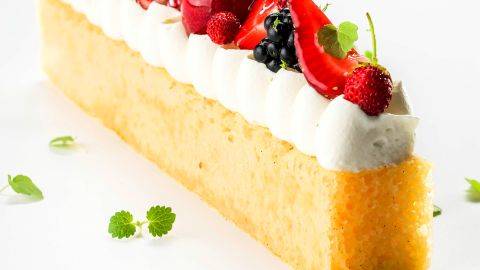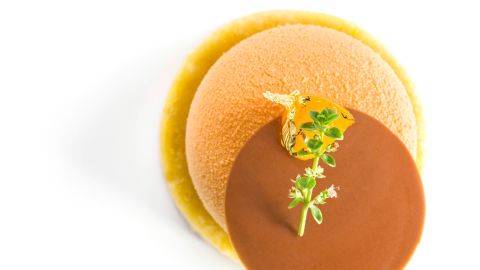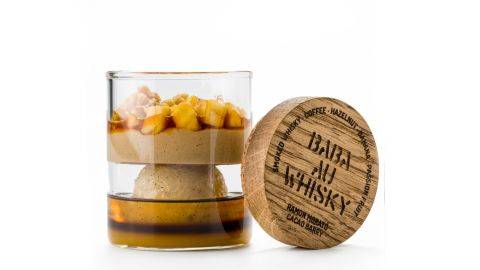The Baba Collection

The Baba Collection
The baba cake is a staple of classic pastry making and one of the best-known desserts in the world.
It was originally a cake of Polish and Russian origin. Stanisław Leszczyn ́ski, the exiled King of Poland and well-known as a great gourmand introduced the cake into France during his time in exile in Lorraine, where he lived from 1737 to 1766. The recipe was combined with that of the gugelhupf, a traditional cake which enjoys great popularity in Alsace and Lorraine. Legend has it that the chef Nicolas Stohrer, at this time an official pastry maker, had the bright idea of soaking a dry brioche in Malaga wine and adding saffron, custard and raisins. The king was very taken with the new creation and, being an avid reader of the One Thousand and One Nights, christened it Ali Baba (which in Polish also means “good woman”).
Later on, Nicolas Stohrer perfected the recipe and made it a speciality of his pâtisserie on Rue Montorgueil in Paris, which still exists today. In 1884, the brothers Julien, Parisian pastry makers, created the savarin. The savarin, derived from the baba, was produced in honour of the famous gastronome Jean Anthelme Brillat-Savarin. The recipe contains basically the same ingredients as the baba but without the added raisins. It is normally smaller in size and is baked in a ring mould, the hole in the centre being filled with Chantilly cream and fruits.
Nowadays the baba dough is very similar to that of a brioche, although lighter, the ingredients being flour, sourdough or yeast, butter, sugar, milk and/or eggs and salt. Once baked it is traditionally perfumed with rum syrup and served warm, hot or cold accompanied by Chantilly cream. Like all the great classic cakes, it has been transformed into other specialities, such as the famous Marignan, Fribourg, Gorenflot or Pomponette cakes. It was later brought to other countries, such as Italy, where it has become a very popular Neapolitan speciality known as baba (with a double “b”), or Poland, where it is a special Easter cake made from rye flour and soaked in Hungarian wine and raisins.
Discover the recipes
In our case, we have come up with three different products:
- A classic baba cake perfumed with rum syrup, fruit and spices and fresh red fruits.
- An alcohol-free baba which we’ve perfumed with tea and apricot purée, accompanied by an apricot and ginger jelly cream.
- Finally, a baba is presented in the form of a dessert eaten with a spoon, perfumed with smoked whisky, coffee, passion fruit, banana, and coffee and hazelnut whipped cream.



